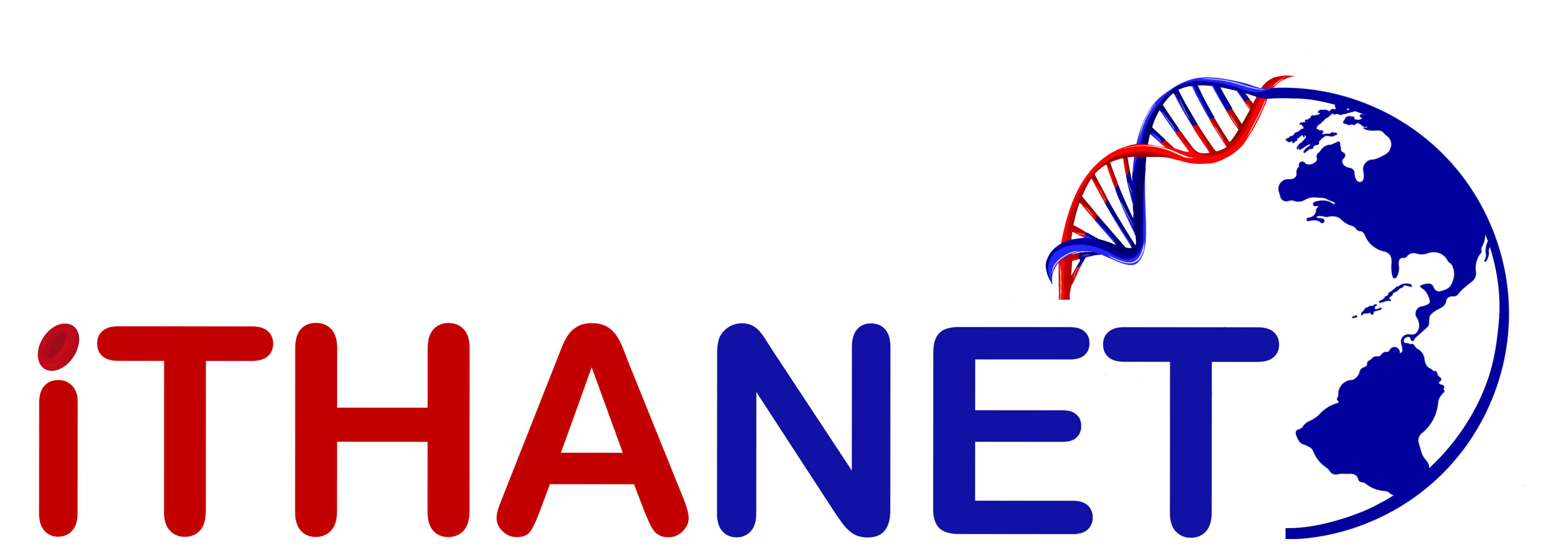GeneID: 421
Names
| Common Name: | FGF23 | Type: | Gene |
|---|---|---|---|
| Chromosome: | 12 (NC_000012.12) | Locus: | NG_007087.1 (FGF23) |
| HUGO Symbol: | FGF23 | Full Name: | fibroblast growth factor 23 |
| Exons: | 3 | Introns: | 2 |
Description:
FGF23 encodes a member of the fibroblast growth factor family of proteins, which possess broad mitogenic and cell survival activities and are involved in a variety of biological processes. FGF23 acts as a negative regulator of bone metabolism and parathyroid hormone production. It is secreted as active intact protein (iFGF23) in bone and BM erythroid cells, and is inactivated by cleavage in c-terminal fragment (cFGF23). High levels of FGF23 were reported in beta-thalassemia patients with hypoparathyroidism. Erythropoietin (EPO) is an inducer of FGF23. Increased levels of EPO in β-thalassemia induce FGF23 overproduction in bone and BM erythroid cells via ERK1/2 and STAT5 pathways, negatively affecting bone and BM niche homeostasis. FGF23 serves as a candidate molecular link connecting anemia, bone, and the HSC niche in β-thalassemia.
Synonyms: ADHR , FGFN , HYPF , HFTC2 , HPDR2 , PHPTC
Comments:
N/A
Number of entries/variants: 0
Sequence Viewer
Publications / Origin
- Saki F, Salehifar A, Kassaee SR, Omrani GR, Association of vitamin D and FGF23 with serum ferritin in hypoparathyroid thalassemia: a case control study., BMC Nephrol, 21(1), 482, 2020 PubMed
- Aprile A, Raggi L, Bolamperti S, Villa I, Storto M, Morello G, Marktel S, Tripodo C, Cappellini MD, Motta I, Rubinacci A, Ferrari G, Inhibition of FGF23 is a therapeutic strategy to target hematopoietic stem cell niche defects in β-thalassemia., Sci Transl Med, 15(698), eabq3679, 2023 PubMed
